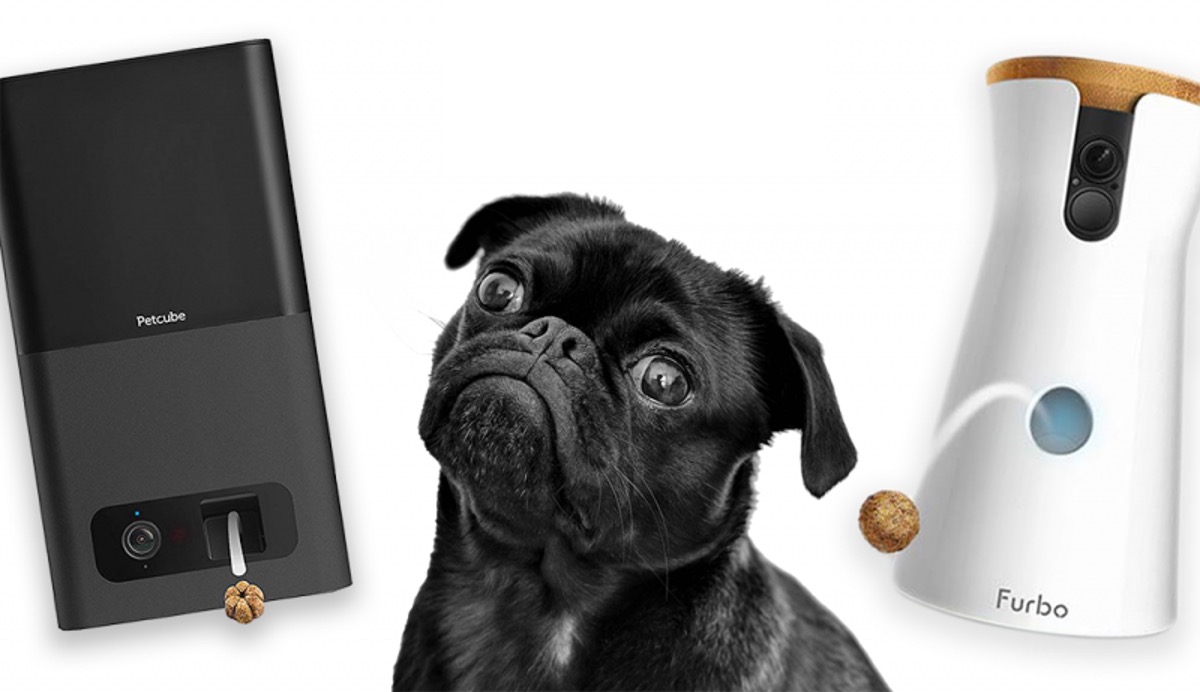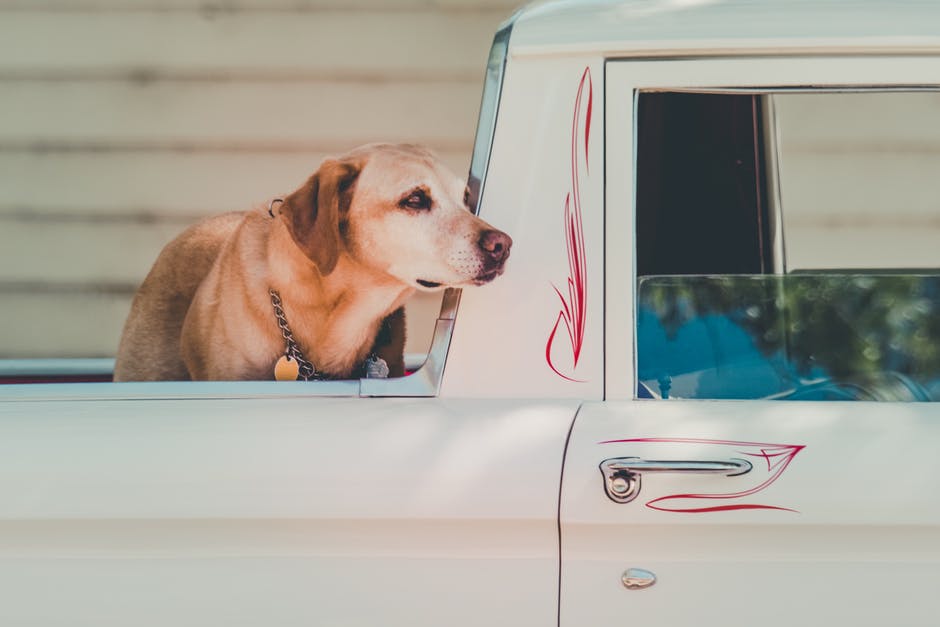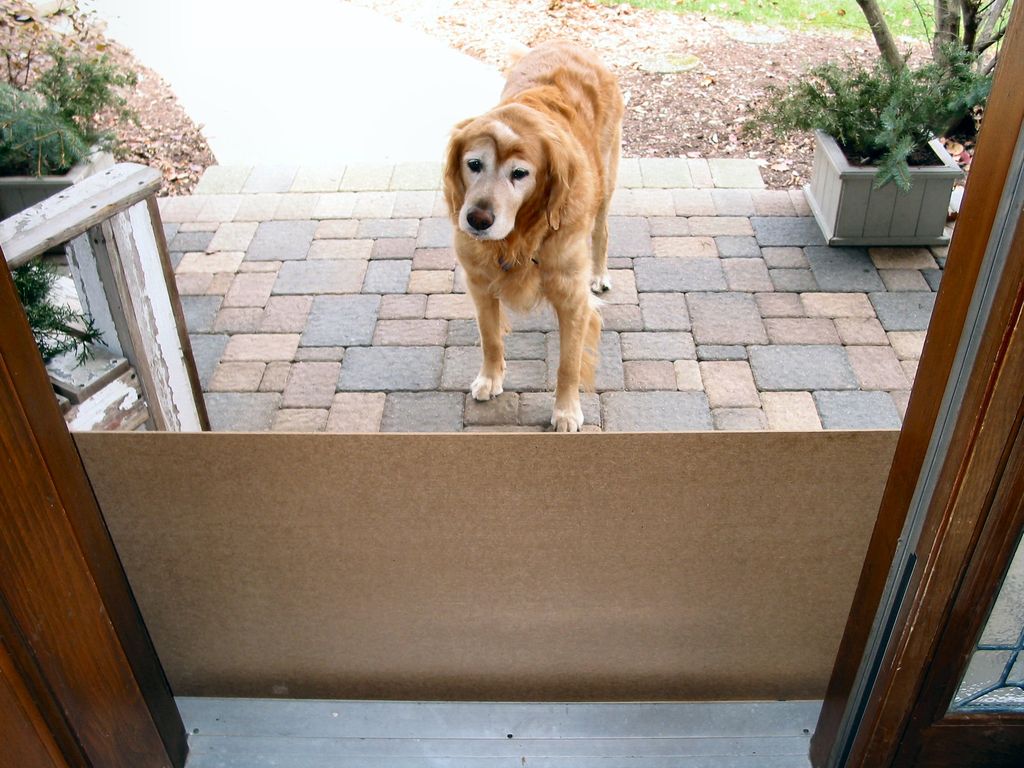We often think of babies and young children suffering from separation anxiety when away from their parents. But did you know that dogs can also experience separation anxiety? This is a common condition in dogs, and it can be draining for your pet, family and neighbors.
Connect with a verified veterinarian in minutes. Licensed vets are available 24/7 to answer your questions. No need to worry about your furry family member.
What is Separation Anxiety in Dogs?
Some dogs experience anxiety when separated from their pet parents. A dog may become anxious, fearful, and nervous. There are even dogs who start to become anxious and upset when their owners begin to get ready to leave. The dog may see their pet parent grabbing keys, putting on shoes, etc., at which point the dog begins to show signs and symptoms of separation anxiety.
What Causes Separation Anxiety in Canines?
There’s no clear cause of separation anxiety or why some dogs experience this condition and others don’t. Some people have noticed that dogs with traumatic pasts (such as shelter pets) seem more prone to separation anxiety. It could be they lost their precious loved one in some way or were abandoned.
Life circumstances change and may unsettle some dogs. Events such as a divorce, moving to a new home, the sudden loss of a loved one can all bring on separation anxiety in dogs.
Dog Breeds with Separation Anxiety
In addition, some dog breeds are more prone to this condition including:
- Labrador Retrievers
- Border Collies
- Cavalier King Charles Spaniels
- Jack Russell Terriors
- Bichon Frise
- Toy Poodles
- German Shepherds
What these dog breeds have in common is a tendency to be people-oriented, especially when it comes to their favorite person. These breeds also tend to be high-energy, intelligent working dogs. When left alone to their own resources, they’ll release their energy in a destructive manner.
The Most Common Signs & Symptoms of Separation Anxiety in Dogs
Dogs that are left alone or that are separated from their pet parent truly suffer. Some signs of separation anxiety are annoying, while others are destructive and/or gross. Here are some of the most common signs & symptoms of separation anxiety in dogs:
Barking and howling: dogs left alone for long periods or separated from their pet parent may begin to howl and bark continuously. It doesn’t seem to stop and can even be triggered by sounds in or near the dog’s home. Neighbors are generally driven to distraction by this non-stop barking and may complain to the pet parents.
Destruction: dogs may resort to destructive habits when left alone. These habits may include chewing, digging and general types of destruction. These activities work to alleviate the dog’s anxious feelings. You’ll know this is separation anxiety if it only happens when you’re away from home.
Potty issues: sometimes a dog will urinate or defecate when suffering from separation anxiety. This is most always done while the dog’s pet parent is away from home. Dog constipation may also occur as your pup may be holding while you are away.
Pacing: just like animals in a zoo, a dog may anxiously pace the same path over and over. Your dog may choose to pace back and forth, while another dog may walk in circles. This is another activity that helps relieve the dog’s anxiousness.
Coprophagy: this one is gross, so don’t read this while eating! Occasionally dogs experiencing separation anxiety may defecate and then eat the excrement. No one really understands why separation anxiety causes this behavior, but it generally only happens when a dog’s pet parent is away from home.
These signs and symptoms vary from dog to dog. Some dogs will only bark when separated from their loved one, while others will become depressed and quiet. Other dogs may choose to chew up your favorite shoes, plants, furniture—whatever relieves their anxiety the most. You may come home to living room pillows and stuffing scattered across the floor, or find the roots and leaves of your favorite indoor plants.
It’s maddening and frustrating, but your poor fur baby is truly suffering when separated from you.
What if my Dog Suddenly Has Separation Anxiety?
Some dogs can suddenly develop separation anxiety—this is most often seen in older, senior dogs. You may all of a sudden be surprised by this new behavior in your dog, when he never showed signs of anxiety when he was younger. What causes an older dog to suddenly develop this condition?
You may notice your older fur baby has taken up pacing, become clingy when he sees you grab the car keys, and he may follow you through the house more than he used to. These can be some of the signs of separation anxiety in older dogs.
Unfortunately, it appears that the aging process is the reason for older dogs developing this condition. The most common causes of separation anxiety in older dogs include:
- Vision and hearing loss
- Pacing at night/trouble sleeping
- Going potty in the house
- Changes in activity levels
- Sudden development of separation anxiety
- Dog depression
These can all be caused by a condition called Canine Cognitive Disorder (CCD), which you could call a form of doggy dementia. This is common in older dogs and may be the reason a dog suddenly develops separation anxiety.
Even so, if your older dog suddenly develops anxiety or any of the symptoms listed above, it’s a good idea to take him to the vet. These symptoms can also be caused by other health conditions and it’s important to find out what’s causing the problem in your pup. Once you have a diagnosis, your vet may prescribe medications or other treatments to help your dog feel better.
Separation Anxiety in Dogs Medication
Your vet may recommend medicating your dog if he has moderate to severe separation anxiety. These can be very helpful; while they don’t cure the dog’s anxiety, they do help to calm the pup down, so he can better tolerate being alone. Some dogs only need to take the medication for a short time, but others may require life-long treatment, depending on the severity of their symptoms.
Your vet may also suggest visiting a licensed dog behaviorist while your dog’s on medication.
Dog Separation Anxiety Training
You may be wondering how to break a dog’s separation anxiety. The short answer is you don’t break your dog of separation anxiety; instead, you might choose to use a combination of medications and behavioral modification to curb his behavior and increase his tolerance of being alone.
It’s never a good idea to punish your dog for his anxiety. It’s important to understand that your fur baby’s behavior is not from spite or wanting to be disobedient. His anxiety is a sign of his suffering and distress—he doesn’t know how to cope when you’re away. Punishing him for this anxiety will only make matters worse and make him more upset.
Vets and behaviorists usually recommend a process of desensitization and counter conditioning. These can be difficult to teach your dog and should only be attempted with the help of a trained and licensed veterinarian or other professional with experience treating dogs for this problem. Look for a certified animal behaviorist, a board-certified veterinary behaviorist, a certified dog trainer, etc. Before selecting a professional, make sure they have experience dealing with dogs that have separation anxiety.
Calm Your Dog Before Leaving
Something you can try on your own is to calm your dog before you leave. These are ways you can help to desensitize your dog and help him remain calm until you get home:
1. Gentle goodbyes and hellos: keep your pup from becoming overly excited when you leave or return each day. Keep your own emotions in check, too, as this will help your dog not become too excited. Be calm and gentle with your hellos and goodbyes.
2. Change your routine a little bit: it may help to changeup your leaving routine a bit, to help break your dog from associating these actions with your leaving. Try leaving your car keys, shoes, bookbag, purse, etc. in a different place. You might also try leaving from a different door than normal. Something that sounds funny—try putting on your shoes and coat a few minutes early, and delay leaving for 10-15 minutes.
3. Give your pup a treat: you might consider giving your fur baby a puzzle toy that contains treats. This will keep him busy for some time and will work as a distraction when you need to leave. Be sure to pick up the toy when you get back home, as you want to keep this toy only out for your dog when you leave the house. Bully Sticks are also a great option!
4. Go for a good walk: try taking your fur baby out for a walk before you leave. Make sure the walk is long enough to use up his energy. A walk is also a great way to help your dog relax—he will also experience the benefit of exercise to improve his health. Consider buying a dog anxiety vest to reassure him.
5. Background music: if your dog can hear well, try leaving some background music on. You can use a radio, the TV, a white noise machine, etc. These will all work to calm your dog and soothe his nerves to lower his stress levels. Another option is to leave an audiobook on while you’re away. Some people say their dogs seem to be calmer due to the sound of a human voice, even if the voice doesn’t belong to their own human.
These are some of the ways you can help your fur baby deal with separation anxiety. Depending on the severity of his symptoms, your pup may need additional help from prescription medications and/or training from an experienced, licensed animal behaviorist.
Separation anxiety is hard on your dog and everyone around, including the neighbors. This condition is treatable, and training can make a big difference to you and your pet. There’s no need to let him suffer—get the help he needs so you and your precious canine companion can enjoy life free from anxiety.
Connect with a verified veterinarian in minutes. Licensed vets are available 24/7 to answer your questions. No need to worry about your furry family member.

Kyoko
Kyoko is from a family of 3 and moved to New York with her parents and siblings when she was 13. Kyoko is fond of spending a great amount of time with pets, specifically her beagle Luna and cat Missy. Her boyfriend often complains that she spends too much time giving attention to their animals. Kyoko has written dozens of articles concerning pets and is aiming at owning a pet shop one day!
Review symptoms, medications & behavior to keep your pets healthy with a Vet Online in just minutes.
Ask a Vet Live Now



